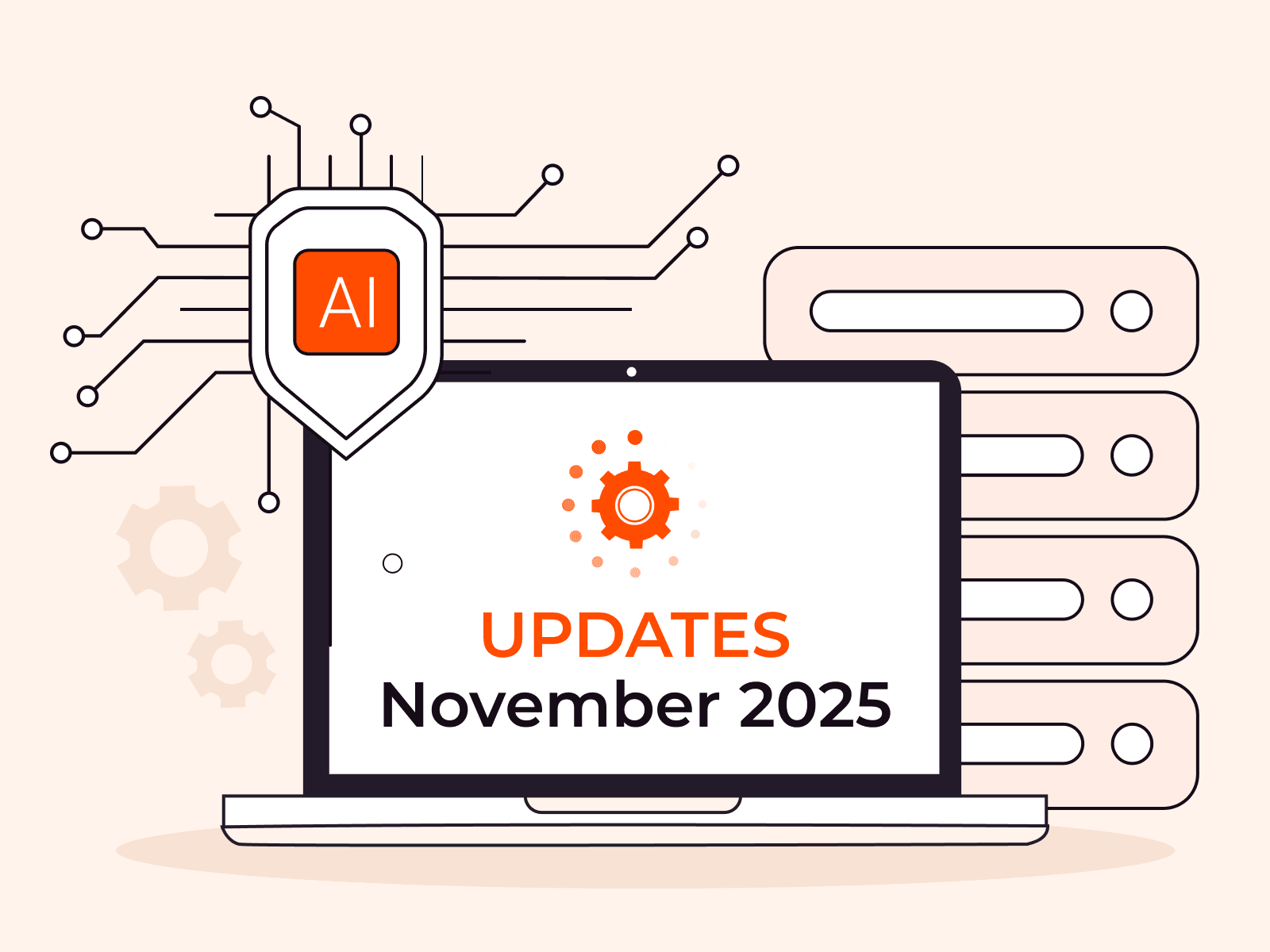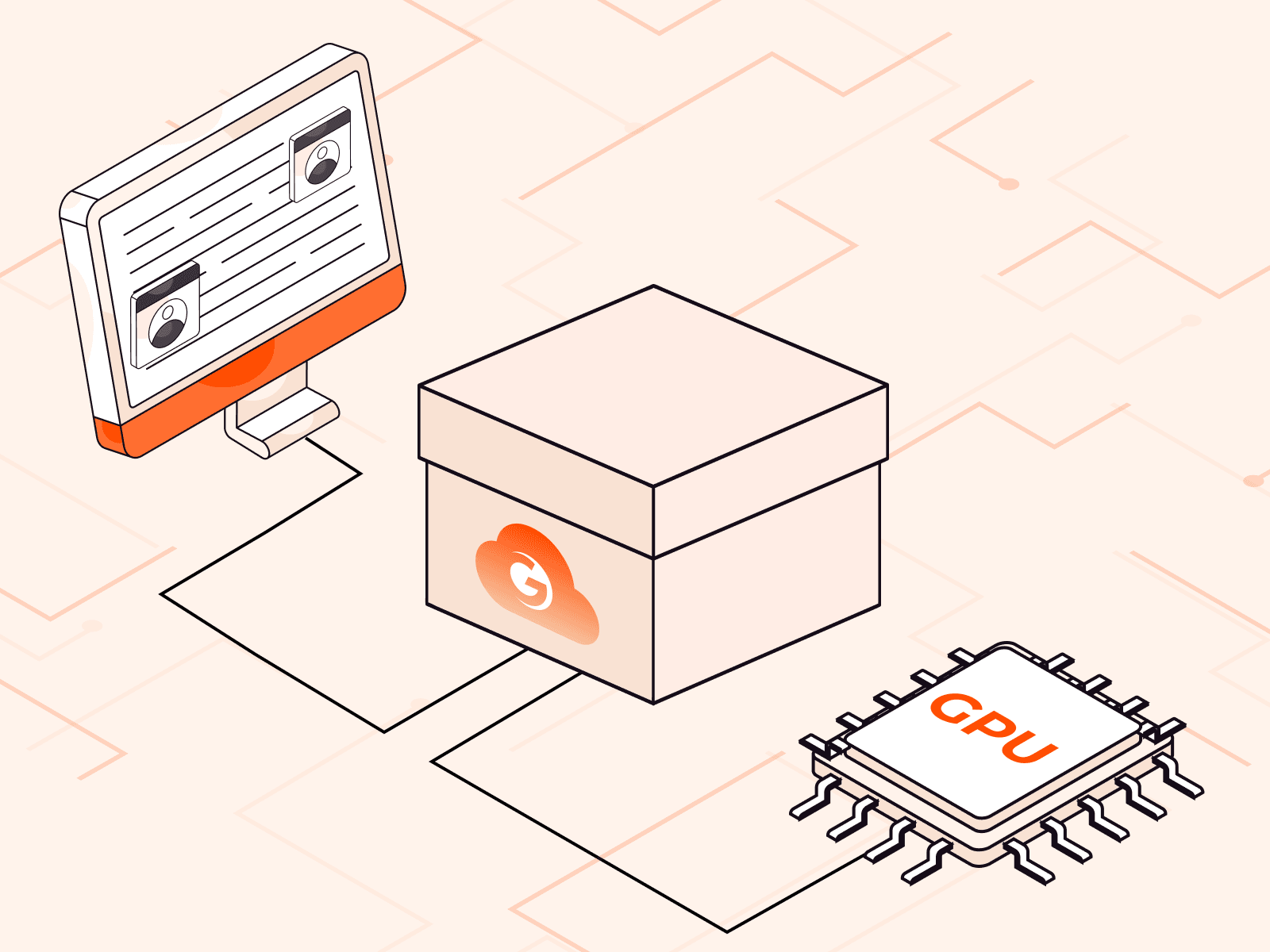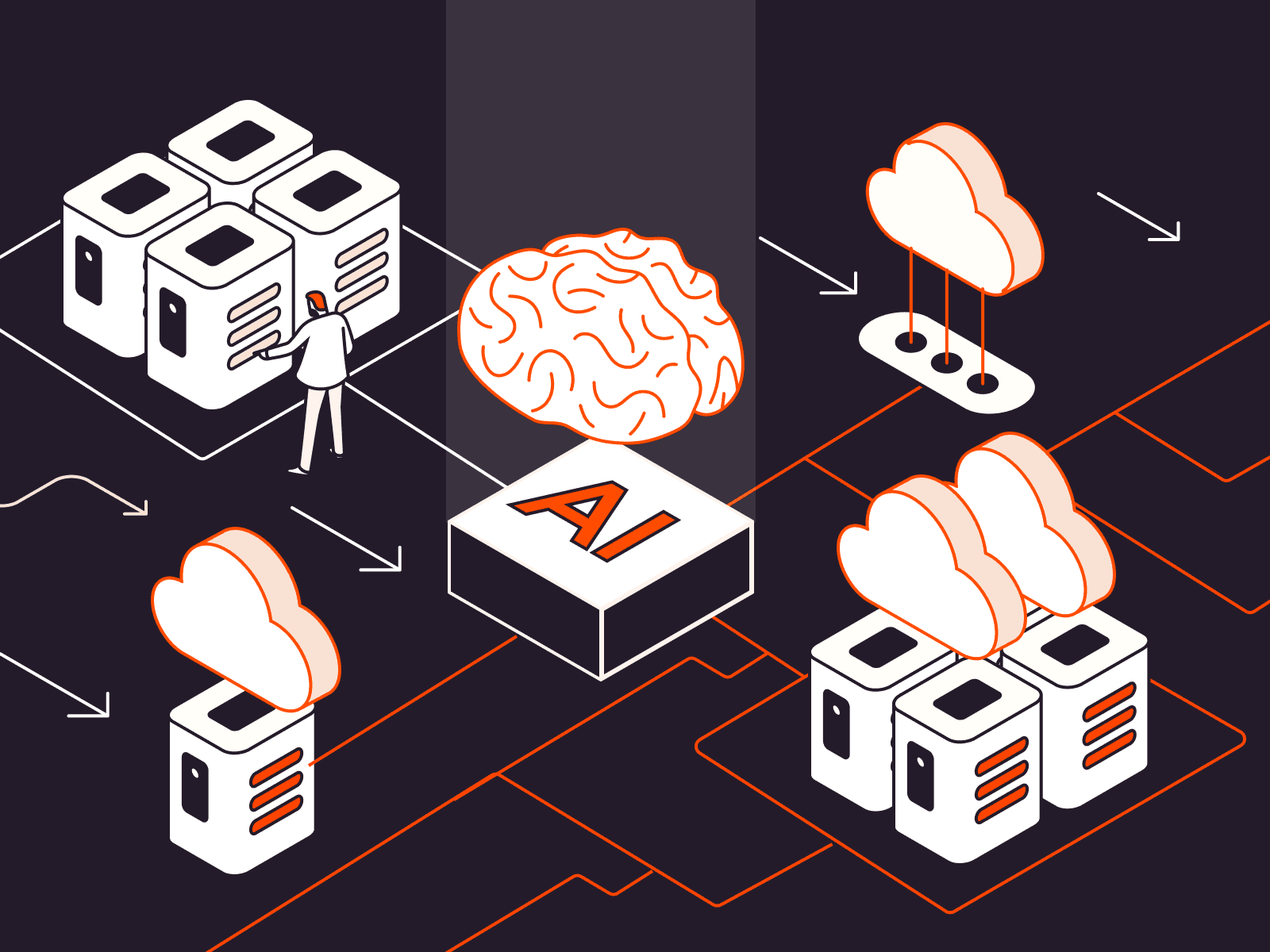The future of AI workloads: scalable inference at the edge
- February 20, 2025
- 4 min read

Although artificial intelligence (AI) is rapidly transforming various industries, its value ultimately hinges on inference—the process of running trained models to generate predictions and insights on data it has never seen before. Historically, AI training has been centralized, meaning that models have been developed and trained in large, remote data centers with vast computational resources. However, we’re witnessing a significant shift toward edge-based decentralized inference, where models can operate closer to end users or data. Low-latency processing, cost-effectiveness, and data privacy compliance are the driving forces for this evolution. For most AI-driven projects, efficient inference scaling is essential, though some low-traffic or batch-processing tasks may require less of it.
The evolution of AI workloads
The way businesses handle AI workloads is changing as AI adoption increases. In contrast to early AI efforts, which focused primarily on training complex models, today’s focus lies in optimizing inference or applying these trained models in real-time. The increasing demand for scalability, cost-effectiveness, and real-time processing drives this shift, guaranteeing that AI can generate valuable insights quickly and at a large scale.
Training vs. inference
Training and inference are the two key processes involved in developing and operating AI workloads. Building AI models through training is a resource-intensive process that requires massive data sets and computational capacity. Inference is how these trained models are used in real-time to process incoming data and generate predictions. For example, an AI model trained on historical banking transactions to detect fraud can then infer fraudulent activity in real-time by analyzing new transactions and flagging suspicious patterns. While training defines an AI model’s potential, inference determines its real-world usability.
The growing focus on Inference
Businesses are increasingly prioritizing inference as part of the natural evolution of AI projects. Once a model has been trained or a suitable pretrained model has been identified and procured, it transitions into the inference phase, where the model interacts with real-world data. A few factors drive the increase in inference activity we’re seeing in the marketplace:
- Businesses have now gained experience experimenting with AI and are ready to deploy models in the real world.
- Many projects that invested significant time in training have reached a stage where the models meet desired performance levels and are ready for production.
- The availability of high-performing, pretrained models like ChatGPT has simplified the inference process, reducing the need to train models from scratch.
This evolution underscores the growing role of inference in AI workloads as organizations leverage advancements and experience to move models from experimentation to real-world application.
The rise of dynamic inference clouds
Due to increasing requirements for AI models to scale, the need for flexible and cost-effective inference environments has also grown. Traditional, static infrastructure struggles to keep up with fluctuating AI workloads, often leading to inefficiencies in performance and cost. This challenge has given rise to dynamic inference clouds—platforms that enable businesses to adjust their compute resources based on workload complexity, latency requirements, and budget constraints.
Centralized vs. edge-based inference
As AI applications scale, the drawbacks of centralized cloud-based inference become more apparent. Businesses need faster, more efficient ways to process AI workloads while reducing costs and guaranteeing data privacy. Edge-based inference overcomes these issues by bringing AI processing closer to users or data, reducing latency, lowering operating costs, and improving compliance.
The challenges of AI inference
Centralized cloud-based inference is still used in many AI applications; however, this approach presents multiple drawbacks:
- High latency: Data must travel back and forth between distant locations to centralized servers, resulting in higher latency. This issue is especially relevant for real-time applications like fraud detection and driverless cars.
- Operational costs: Running inference in centralized environments often involves higher expenses due to cross-region traffic and compute resource requirements. By keeping traffic localized within the country or region of the workload, businesses can significantly reduce these costs and improve efficiency.
- Data privacy and compliance risks: Multiple industries, including healthcare and financial services, are subject to strict data privacy laws. It is more challenging to guarantee compliance with regional requirements with centralized inference than keeping workloads in their originating region.
On the other hand, edge-based inference comes with its own set of challenges. Deploying and managing distributed infrastructure can be complex, requiring careful allocation of resources across multiple locations. Additionally, edge devices often have limited computational power, making it crucial to optimize models for efficiency. Guaranteeing consistent performance and reliability across diverse environments also adds an extra layer or operational complexity.
The benefits of edge-based inference
As the demand for real-time AI applications grows, centralized inference often falls short of meeting performance, cost, and compliance requirements. Let’s have a look at how edge-based inference addresses these challenges:
- Low latency: By running inference closer to end users or data, delays are minimized, enabling real-time applications.
- Cost optimization: Traffic is optimized within the country, optimizing operational costs.
- Compliance-friendly processing: By keeping sensitive data local, edge-based inference simplifies compliance with regional regulations.
While centralized inference offers high computational power and simplicity, it can introduce latency and rising costs at scale. Edge-based inference reduces these issues by processing data closer to the source, enhancing both speed and compliance. The right approach depends on workload demands, budget constraints, and infrastructure capabilities. In practice, combining centralized and edge-based inference often strikes the optimal balance, enabling businesses to achieve both performance and cost-efficiency while maintaining flexibility.
Scale AI inference seamlessly with Gcore
Scalable, dynamic inference is essential for deploying AI efficiently. As your AI applications grow, you need a solution that optimizes performance, reduces latency, and keeps data compliant with privacy regulations. Gcore Everywhere Inference lets you deploy AI workloads dynamically, bringing inference closer to users and data sources. With a global edge infrastructure, smart routing, and autoscaling capabilities, Gcore guarantees your AI runs efficiently, cost-effectively, and adapts to real-world demands.
Ready to scale your AI workloads with edge inference?
Related articles
Subscribe to our newsletter
Get the latest industry trends, exclusive insights, and Gcore updates delivered straight to your inbox.






